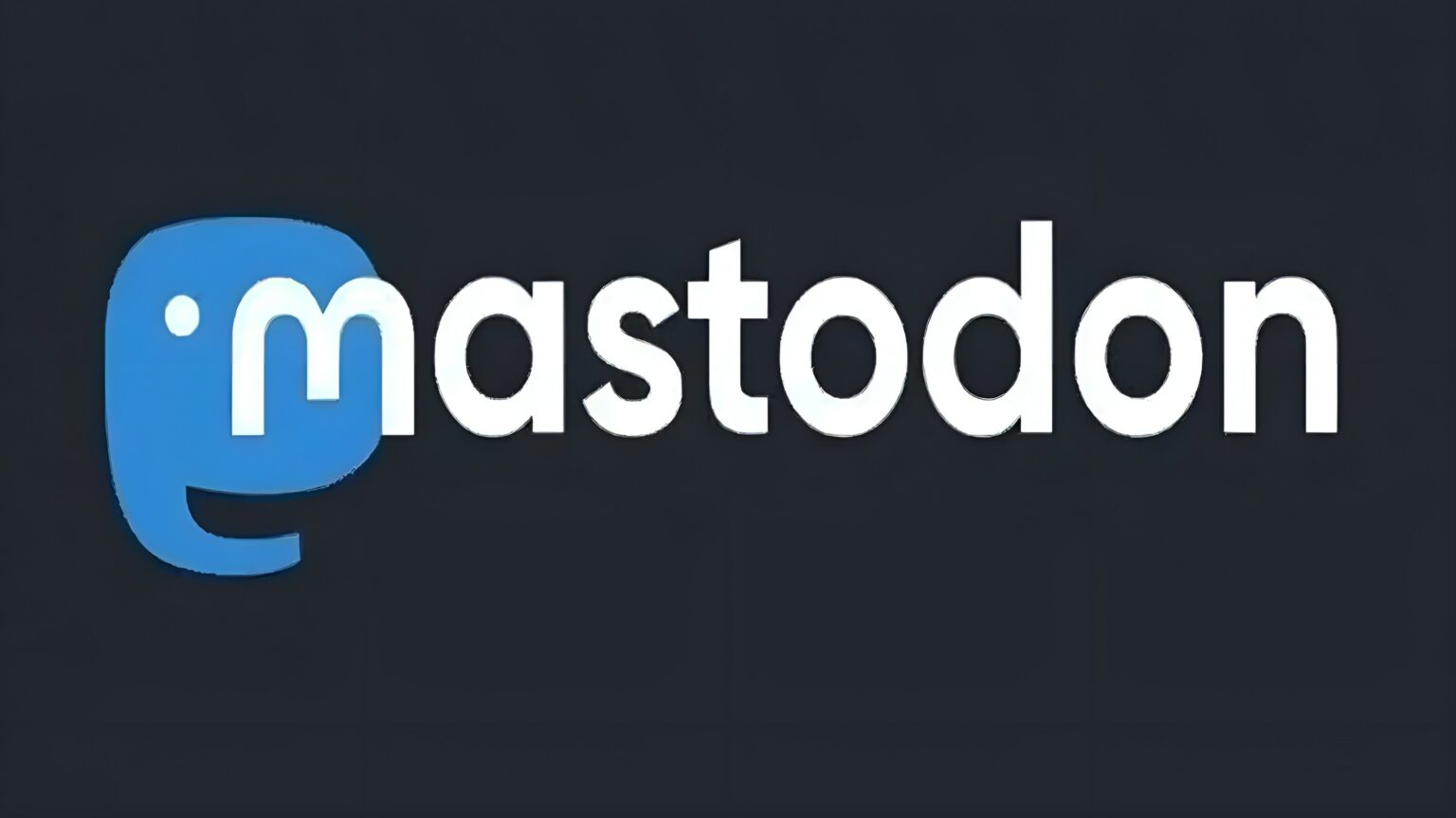Since Oct. 27, when Elon Musk finalised the $44 billion purchase of Twitter, he has found it difficult to ease worries about the spread of false information and hate speech. While, some Twitter users have looked for alternatives like Mastodon, amid the tumult.

What is Mastodon?
German open-source media network Mastodon, founded by Eugen Rochko, claims to have more than one million monthly active users, with more than 4,89,000 of those users having signed up, since October 27.
Similar to Twitter, Mastodon allows users to create postings, or “toots,” react to, like, and repost others’ toots, as well as follow one another.
It is a distributed system, unlike Twitter, that is powered by multiple servers located all over the world rather than being managed or operated from a single headquarters.
Mastodon posts and user-specific information are not only in the hands of one entity. Instead, because the technology for Mastodon is open-source, anyone may build their own server and take registrations. This includes servers created for certain countries and regions or others for specific hobbies.
Users can follow “toots,” but the name is gradually fading away. The more prevalent lingo is simply “posts.” Mastodon provides more features than services like Twitter, such as spoiler tags, and is also free of adverts.
Mastodon argues that while offering its users authority over the network, it also “respects your privacy.”
The company states that users can also verify their accounts for free because “the idea of verification should be about really proving who you are.”

How to join Mastodon?
When Mastodon has been downloaded and installed on your Android or iOS device, select the “Sign Up” button to go to the next page, where you can select a server to join.
You can pick one of the various servers listed below, or use the search bar to find one.
In order to generate your profile’s address, you select a server when you initially register your account, much like you would when opening an email account on Gmail, Hotmail, Yahoo, or any other website. Your address will be @[your username]@climatejustice.social, for instance, if you register for Mastodon through the climate justice server.
You can contact users from any other server, just like how Gmail users may/ email/Hotmail users and vice versa, regardless of whatever server you sign up with. You may not be able to speak with anyone from the prohibited server because some servers may have blocked others (perhaps if it’s a sketchy group).
You should read the moderation policy on the server you select to make sure it aligns with your ideals because each server administrator sets their own policies.
How is Mastodon different?
Mastodon is distinct in that it uses open-source code. It enables users to create their own ‘instance’, or versions, of Mastodon. Although each Mastodon instance uses a different server, at its core, it is a social network.
Mastodon may alternatively be referred to as a component of the “Fediverse,” a network of connected social media platforms. You know how just because you have a Twitter account doesn’t imply you can use it for Instagram as well? If you’re interested, your singular Mastodon account also provides you with access to several open social networks via the Fediverse.
Unlike Twitter, Mastodon only supports photos, videos, music, and polls.
Four photos, each up to eight megabytes in size, can be included in a post. There is a 40-megabyte file size restriction for audio and video, but both can be any duration.
Users have the option of following other users on the same Mastodon instance as well as on other servers. The majority of Mastodon instances are crowdfunded and are owned and managed by the community. “Effective anti-abuse tools to assist regulate instances as users see fit,” according to Mastodon, are available. Mastodon asserts that it cannot be bought or sold or declared bankruptcy.
READ MORE
- Amplifying relations between China-Pakistan through CPEC
- Pakistan’s Supreme Court orders the police to investigate Imran Khan’s shooting













